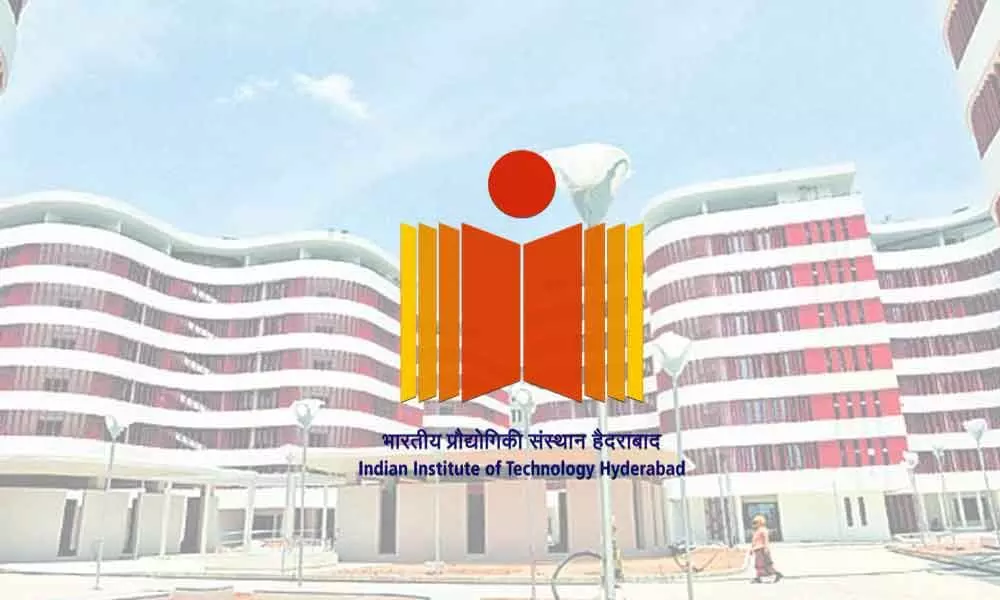IIT-Hyderabad researchers develop tool to detect use of mobile phones

IIT-Hyderabad
Indian Institute of Technology, Hyderabad (IIT-H) researchers developed a tool to monitor and automatically detect usage of mobile phones that are active
Hyderabad: Indian Institute of Technology, Hyderabad (IIT-H) researchers developed a tool to monitor and automatically detect usage of mobile phones that are active.
An IIT-H statement on Thursday said that the researchers at the institute have developed the new technique using artificial intelligence (AI) based algorithms to detect mobile phone usage.
Dr Sparsh Mittal who led the research along with his team of scholars Poonam Rajput and Subhrajit Nag of the Computer Sciences Engineering department said that the results of the work have been accepted in the peer-reviewed conference "International Conference on Smart Objects and Technologies for Social Good 2020," held at Belgium 2020.
Giving details and the importance of the research, Dr Sparsh Mittal said that mobile phones have deeply penetrated people's lives. Mobile-phone addiction has become a great concern for many parents, lawmakers and the authorities at educational institutes and offices. It is impossible to manually detect the mobile-phone at large-scale.
Hence, there is a need to develop automated techniques for this purpose. "We believe that our technique has immense potential. It can help improve productivity by preventing excess or untimely usage of the mobile phone. It can help in avoiding accidents due to distraction during driving."
Also, mobile phones are prohibited in many places such as petrol pumps, exam-halls, embassies, military bases, and courts of law. Our technique can be used to find whether the mobile phone is being used in such areas. Finally, many financial transactions now happen on mobile phones and the loss of mobile phones can have severe consequences. By allowing tracking of mobile phone, "our technique can help in detecting loss or theft of the mobile phone," he added.
Poonam Rajput, research scholar at IIT-H said that mobile phone is a relatively small object when seen in photos or videos using surveillance or CCTV cameras. As a result, many existing object detection algorithms fail to detect it properly. Further, mobile phones come in different sizes and shapes, such as feature phones and smartphones.
These factors make the detection a challenge. "We have used algorithms based on deep-learning to detect mobile-phone usage. Our fastest algorithm runs at nearly 27 frames-per-second on a high-end GPU, which means it can process a video in real-time, she informed.
It is also known that the algorithms have achieved nearly 99 per cent accuracy on the Kaggle Driver dataset and 96 per cent accuracy on the IIT-H-DMU dataset. It is the first to detect mobile phones' usage in both indoor and outdoor environments with a lot of clutter and other background objects, he said.
Sharing his insights on the dataset collection Subhrajit Nag said, "A crucial challenge we faced was that deep-learning algorithms require a massive amount of training data to make robust predictions." However, the research team has come over the challenges posed with the help of the datasets of IITH-DMU and Kaggle Driver, he added.
















